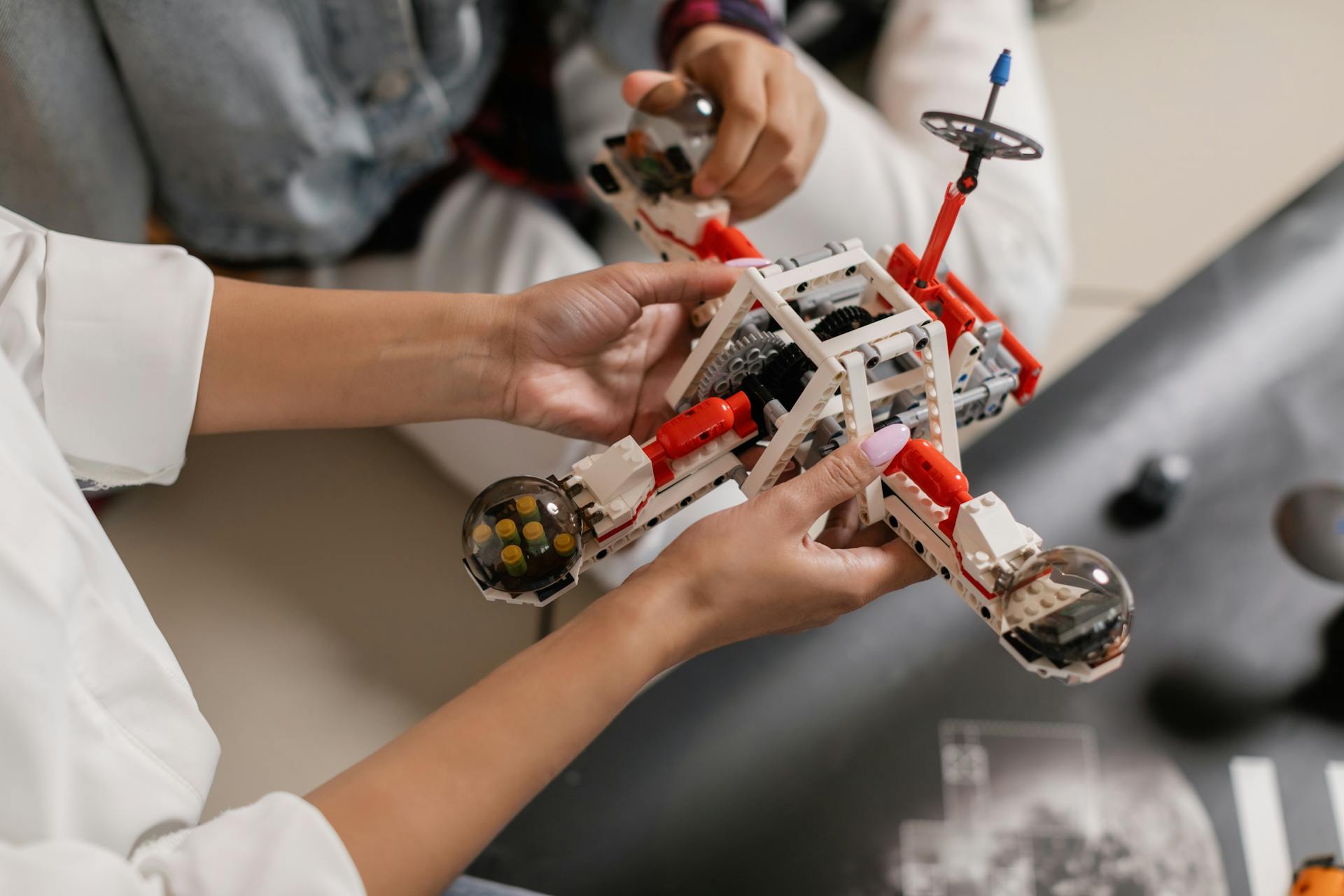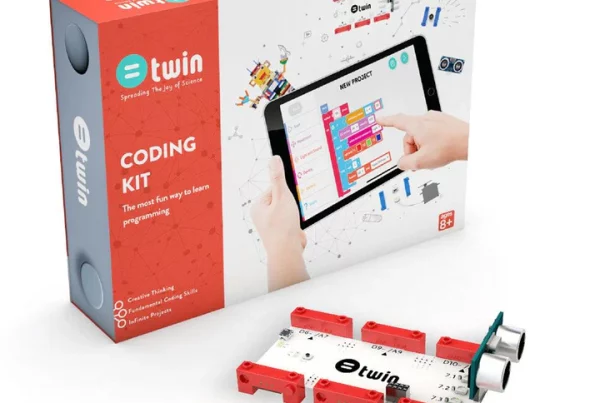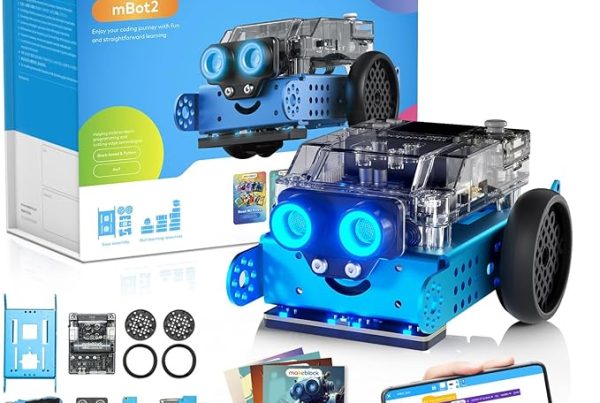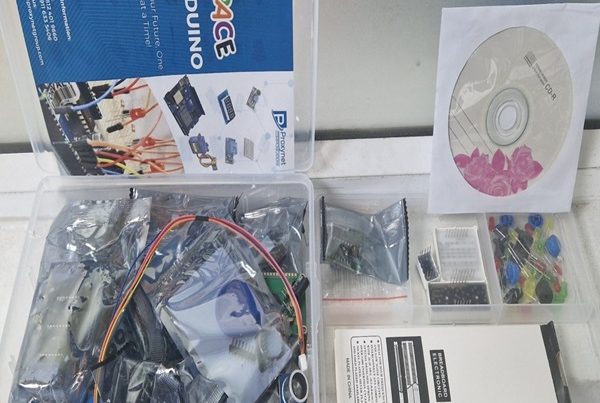Introduction
In the rapidly evolving landscape of education and technology, coding and robotics kits have emerged as essential tools for fostering innovation, creativity, and critical thinking in learners of all ages. These kits offer a hands-on approach to understanding complex concepts in computer science and engineering, bridging the gap between theoretical knowledge and practical application. From simple programmable toys to sophisticated robotic systems, they provide a gateway to exploring the intricacies of coding and the mechanics of robotics. This deep dive delves into the various types of coding and robotics kits available, their educational benefits, and how they are transforming the way we learn and interact with technology.
Table of Content
- Introduction
- What are Coding and Robotics Kits
- Kit in Robotics
- Benefits of Coding and Robotics Kits
- Types of Coding and Robotics Kits Available
- Choosing the Right Kit
- Coding or Robotics: Making The Right Choice
- Uses of Coding and Robotics
- Coding in Robotics
- Types of Robotics
- Programming Languages in Robotics
- Math in Robotics
- Understanding Kits
- Popular Coding and Robotics Kits
- Cocnclusion
- FAQs
What are Coding and Robotics Kits?
Coding and robotics kits are educational tools that combine hardware and software components. They allow users to learn programming, electronics, and mechanical assembly through hands-on projects.
Kit in Robotics
A kit in robotics typically refers to a collection of parts and components used to build and program robots. These kits often include items like motors, sensors, microcontrollers, and various building materials. They are designed to provide a hands-on learning experience in robotics and coding, making them popular in educational settings and among hobbyists.
Benefits of Coding and Robotics Kits
- Educational Value: Foster STEM skills (Science, Technology, Engineering, Mathematics).
- Creativity: Encourage innovation and problem-solving.
- Practical Experience: Hands-on learning enhances understanding.
- Career Preparation: Develop skills relevant to modern tech industries.
Types of Coding and Robotics Kits Available
There are various types of kits tailored to different skill levels:
- Beginner Kits: Simplified projects for entry-level learners.
- Advanced Kits: Complex builds and programming challenges.
- Specific Platforms: Arduino, Raspberry Pi, LEGO Mindstorms, etc.
Choosing the Right Kit
Consider these factors when selecting a kit:
- Skill Level: Matches your experience in coding and robotics.
- Interests: Choose kits aligned with your interests (e.g., drones, AI).
- Components: Ensure the kit includes necessary parts and instructions.
- Reviews: Check user reviews and ratings for quality and reliability.
Coding or Robotics: Making The Right Choice
The choice between coding and robotics depends on your interests and career goals. Coding focuses on programming and software development, while robotics combines coding with hardware and mechanical design. Robotics can be more engaging for those who enjoy building physical systems and seeing their code come to life in the form of moving machines. However, both fields are highly interrelated and valuable in the tech industry.
Uses of Coding and Robotics
Coding and robotics are used in various applications, including:
- Education: Teaching programming, problem-solving, and engineering principles.
- Industry: Automating manufacturing processes, quality control, and logistics.
- Healthcare: Assisting in surgeries, patient care, and rehabilitation.
- Research: Exploring new technologies and advancing AI and machine learning.
- Consumer Products: Developing smart home devices, toys, and personal assistants.
Coding in Robotics
To start coding for robotics, follow these steps:
- Choose a Platform: Select a robotics platform like Arduino, Raspberry Pi, or LEGO Mindstorms.
- Learn Programming Languages: Start with languages commonly used in robotics, such as Python, C/C++, or Java.
- Understand the Hardware: Learn about the sensors, actuators, and microcontrollers in your robotics kit.
- Use Development Environments: Familiarize yourself with IDEs (Integrated Development Environments) like Arduino IDE or PyCharm.
- Build and Test: Assemble your robot and write code to control it, testing and debugging as you go.
Types of Robotics
The four main types of robotics are:
- Industrial Robots: Used in manufacturing for tasks like welding, assembly, and painting.
- Service Robots: Designed to assist humans, including medical robots and domestic robots.
- Mobile Robots: Capable of moving around, such as drones and autonomous vehicles.
- Humanoid Robots: Robots that resemble human form and can perform human-like tasks.
Programming Languages in Robotics
The best language for coding robots depends on the application:
- Python: Great for beginners and high-level tasks, widely used in AI and machine learning.
- C/C++: Preferred for low-level programming and real-time performance.
- Java: Used in some educational platforms and for certain types of robotics applications.
- MATLAB: Ideal for robotics research and simulation.

Should I Learn C or Python for Robotics?
Both C and Python are valuable for robotics:
- C: Provides low-level control and is often used in embedded systems and microcontroller programming.
- Python: Easier to learn and use for high-level programming, popular for its extensive libraries and frameworks in robotics.
For beginners, starting with Python can be more accessible, while learning C is beneficial for more advanced and performance-critical applications.
Maths in Robotics
Robotics involves a fair amount of math, including algebra, geometry, calculus, and linear algebra. These mathematical concepts are essential for understanding robot kinematics, dynamics, and control systems. However, the level of math required depends on the complexity of the robotics projects you undertake.
Understanding Kits
In general, a kit is used for assembling a specific product or project, providing all necessary components and instructions. In robotics, kits are used to build and program robots, facilitating hands-on learning and experimentation.
SDK in Robotics
An SDK (Software Development Kit) in robotics is a set of software tools and libraries that developers use to create applications for robotic systems. It provides pre-built functions and code to streamline development.
Robotic Kitting
Robotic kitting refers to the process where robots are used to collect and assemble parts or components into kits. This automation improves efficiency and accuracy in manufacturing and logistics.
Kit Equipment
A collection of tools, components, and materials packaged together for a specific purpose, such as building or repairing a product, is referred to as kit equipment.
Kit Item
A kit item is a single component or part that is included in a kit, contributing to the assembly or function of the final product.
Popular Coding and Robotics Kits
Here are some recommended kits for different age groups and skill levels:
For Beginners
LEGO Mindstorms: A versatile and educational kit with a strong community.
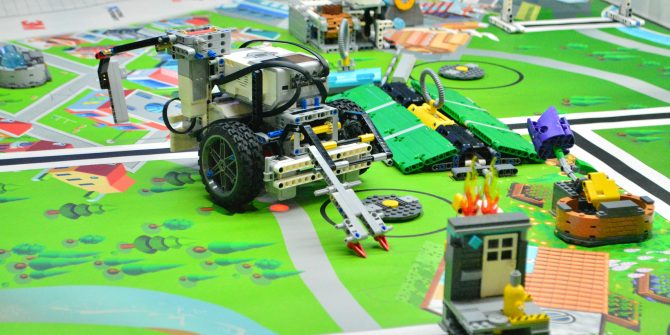
Arduino Starter Kit: Perfect for learning electronics and coding.
For Teens and Adults
Raspberry Pi: A powerful mini-computer for more advanced projects.
Arduino Robotics Advanced Kits: Offers both beginner and advanced options with extensive resources.
For Sale in Nigeria
Arduino Robotics Starter Kits: Available from local retailers and online platforms like Promallshop.
mBlock Ultimate 2.0 10-in-1 Kit: Suitable for various age groups and skill levels.
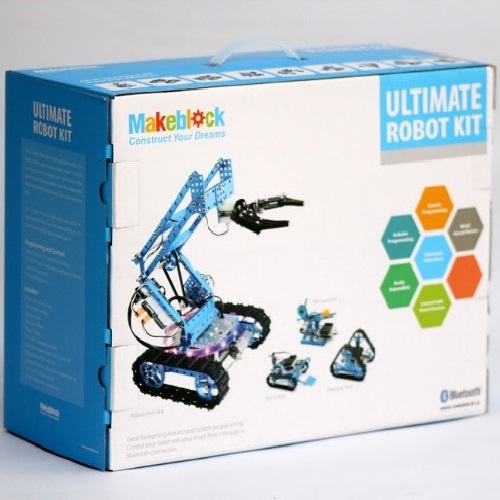
Conclusion
Robotics and coding kits provide a fantastic way to explore technology, whether for educational purposes or as a hobby. From understanding basic programming to building complex robots, these kits cater to a wide range of interests and expertise levels. Whether you are in South Africa, the United States, or anywhere else, there are numerous options available to get started on your robotics journey.
FAQs
Kits are available for all age groups, from young children to adults, offering age-appropriate projects and challenges.
Yes, PromallShop provides a convenient online shopping experience with a wide selection of coding and robotics kits. Enjoy fast delivery and reliable service.
Absolutely! These kits are designed to foster STEM education by integrating programming, electronics, and engineering principles into engaging projects.


